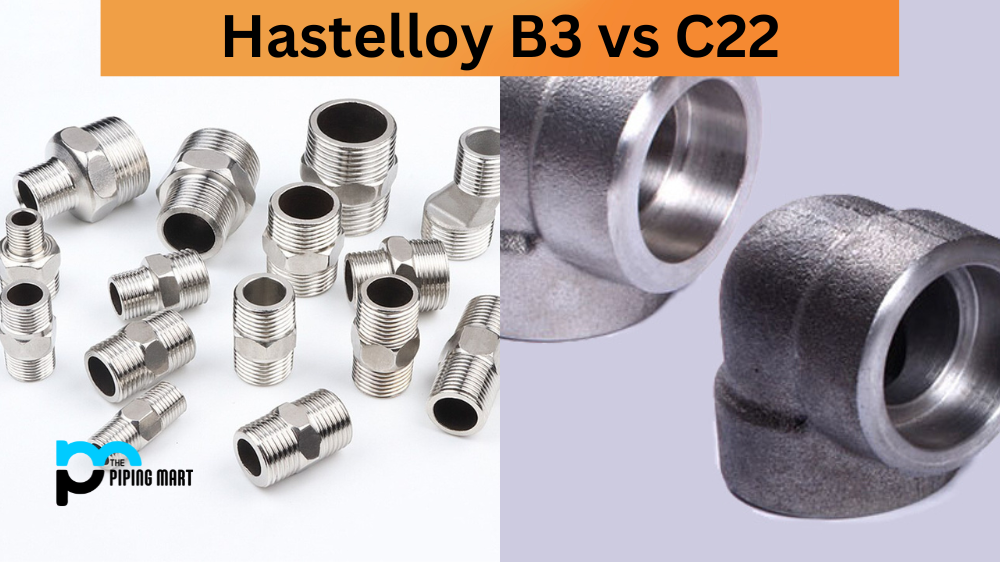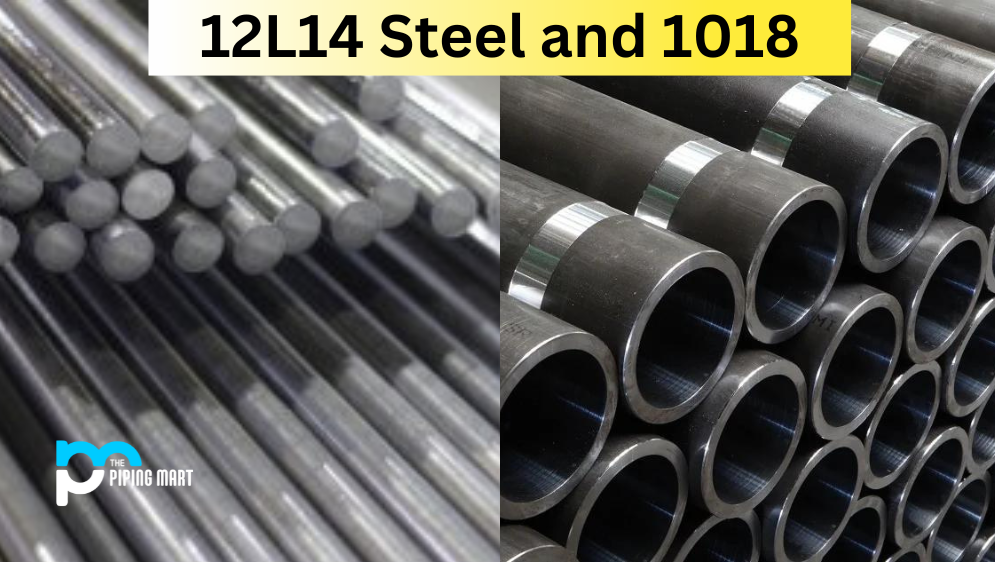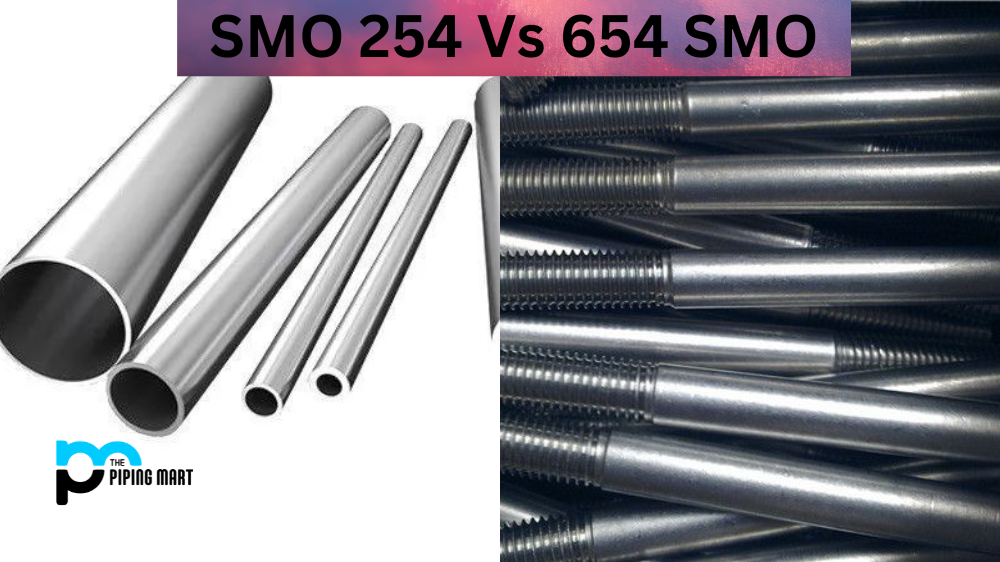Regarding corrosion-resistant alloys, Hastelloy B3 and C22 are two of the most popular choices in the market. Both are designed to withstand aggressive chemical environments and high temperatures, making them ideal for various applications in chemical processing, oil and gas, and pharmaceuticals.
But despite their similarities, there are key differences between the two alloys that can impact their performance and suitability for certain applications. In this blog post, we’ll look at the differences between Hastelloy B3 and C22 and help you determine which alloy is best for your needs.
Difference Between Hastelloy B3 and C22
Composition and Properties:
One of the most significant differences between Hastelloy B3 and C22 is their composition. Hastelloy B3 is a nickel-molybdenum alloy with added chromium. It is resistant to stress corrosion cracking and pitting in sulfuric acid environments. Hastelloy C22, on the other hand, is a nickel-chromium-molybdenum alloy with tungsten added. It has excellent resistance to oxidizing and reducing acids, including sulfuric, hydrofluoric, phosphoric, chlorides, and other halides.
Mechanical Properties
Regarding mechanical properties, there are slight differences between Hastelloy B3 and C22. Hastelloy B3 has slightly better tensile strength and elongation at break than Hastelloy C22. However, Hastelloy C22 has higher hardness and yield strength compared to B3. The differences in mechanical properties should be considered when selecting the appropriate alloy for specific applications.
Weldability
Another significant difference between Hastelloy B3 and C22 is their weldability. Hastelloy C22 has superior weldability to B3 thanks to its low carbon content. Furthermore, Hastelloy C22 is less susceptible to sensitization, which can occur during welding, making it an ideal choice for welded constructions. Hastelloy B3, however, can be challenging to weld due to its high nickel content and susceptibility to hot cracking.
Corrosion Resistance
Both alloys are highly corrosion-resistant but have varying degrees of resistance to specific chemicals. Hastelloy B3 is ideal for hydrochloric, sulfuric, and phosphoric acid environments. In contrast, Hastelloy C22 is best suited for environments containing oxidizing acids like nitric and acetic acids. If you’re working in an environment with oxidizing and reducing acids, then Hastelloy C22 is the superior choice, thanks to its superior corrosion resistance.
Conclusion
Determining which alloy to use will depend on your specific application needs and requirements. Hastelloy B3 and C22 are excellent choices for resisting corrosion and harsh chemical environments. However, their composition, mechanical properties, weldability, and corrosion resistance differences can impact their performance in certain situations. Understanding these differences lets you choose the right alloy to keep your equipment operating efficiently. Consult with professionals in the industry to help determine the right choice for you.




